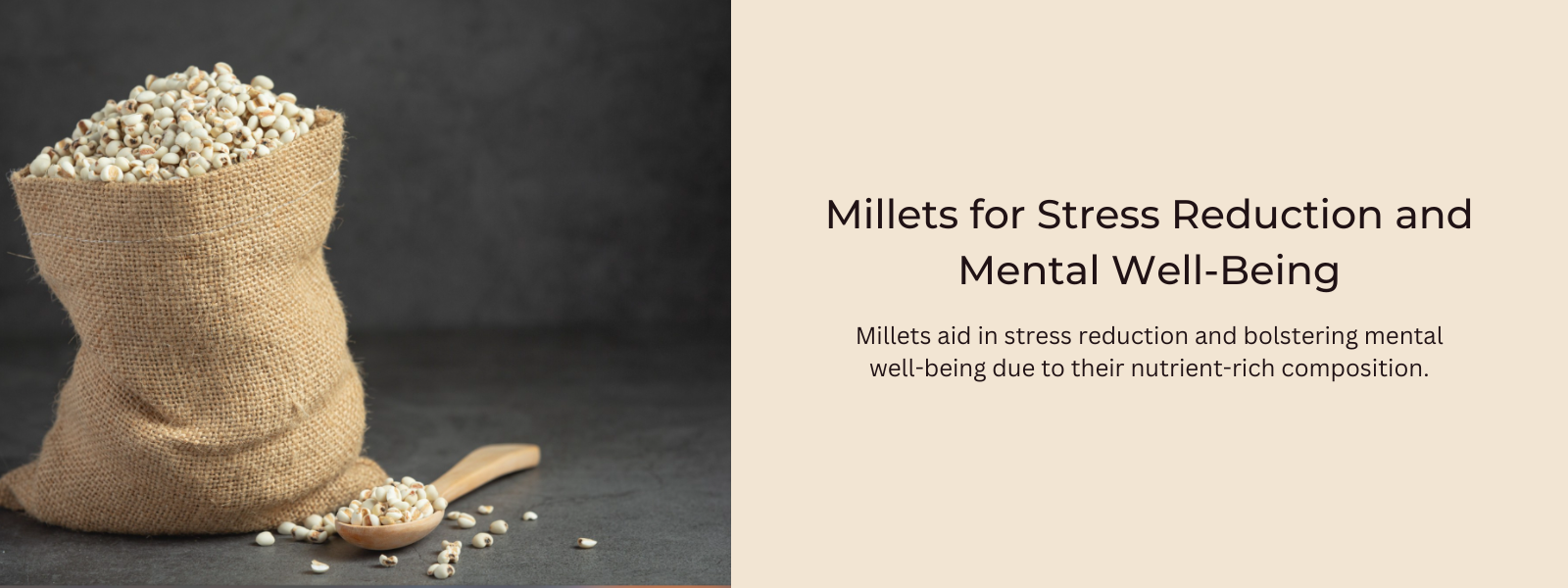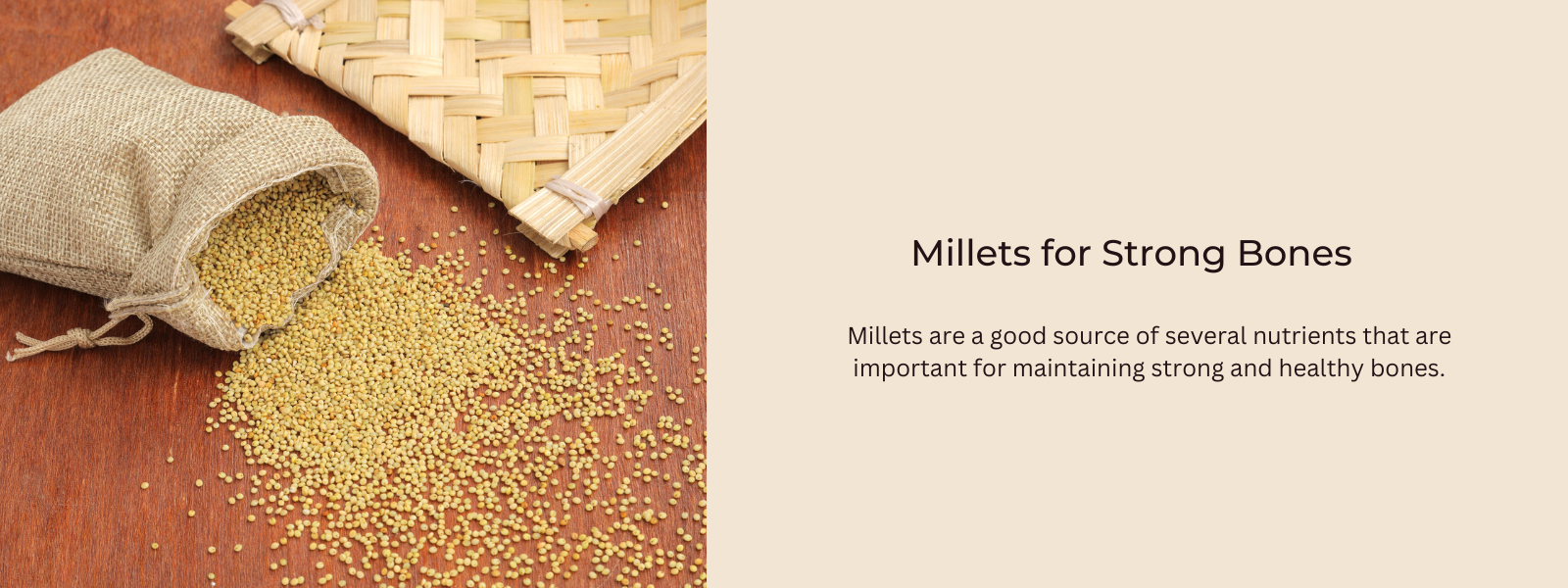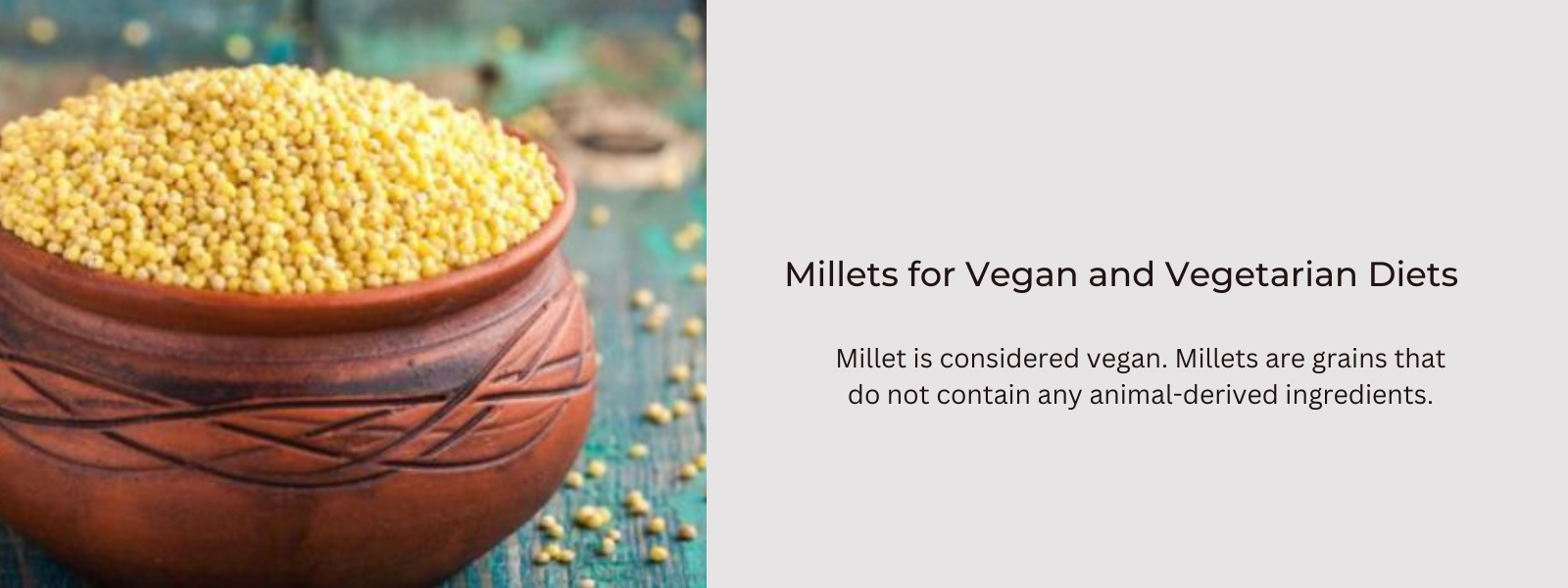Millets encompass a diverse group of small-seeded grains that have been cultivated for centuries across various regions of the world. Each type of millet has its own unique characteristics and nutritional profile, making them valuable additions to a balanced diet. Here's an overview of some popular types of millets and their nutritional benefits:
Table of Contents
Pearl Millet (Bajra)
Nutritional Profile: Pearl millet is rich in protein, fiber, and essential minerals such as iron, magnesium, and phosphorus. It is particularly high in iron, making it beneficial for preventing anemia and maintaining healthy blood circulation. Pearl millet is also a good source of B-vitamins like niacin (vitamin B3) and thiamine (vitamin B1), which are essential for energy metabolism.
Finger Millet (Ragi)
Nutritional Profile: Finger millet stands out for its exceptionally high calcium content, which is about 10 times more than that found in rice or wheat. It also provides a good amount of iron, making it beneficial for improving hemoglobin levels and preventing iron deficiency anemia. Finger millet is rich in dietary fiber, which supports digestive health, and it has a low glycemic index, making it suitable for managing blood sugar levels.
Foxtail Millet
Nutritional Profile: Foxtail millet is rich in carbohydrates and dietary fiber. It provides moderate amounts of protein and is a good source of essential minerals such as iron, magnesium, and phosphorus. Foxtail millet is low in calories and gluten-free, making it a suitable grain for individuals with celiac disease or gluten sensitivity.
Sorghum (Jowar)
Nutritional Profile: Sorghum is known for its high antioxidant content, which helps combat oxidative stress and inflammation in the body. It is rich in fiber, protein, and essential minerals like iron, phosphorus, and potassium. Sorghum is also gluten-free and has a lower glycemic index compared to wheat, making it beneficial for managing blood sugar levels.
Proso Millet (White Millet)
Nutritional Profile: Proso millet is high in carbohydrates and provides a good amount of protein. It is rich in dietary fiber, which supports digestive health and promotes satiety. Proso millet is also a good source of essential minerals such as magnesium, phosphorus, and potassium, which play important roles in bone health, muscle function, and overall metabolism.
Nutritional Benefits of Millets
- High in Fiber: Millets are rich in dietary fiber, which supports digestive health, regulates bowel movements, and helps maintain a healthy weight by promoting satiety.
- Rich in Protein: Millets provide plant-based protein, which is essential for muscle growth, repair, and overall cellular function.
- Essential Minerals: Millets are good sources of essential minerals such as iron, magnesium, phosphorus, and potassium, which are crucial for various physiological functions including bone health, energy metabolism, and maintaining electrolyte balance.
- Vitamins: Millets contain B-vitamins such as niacin, thiamine, and riboflavin, which are important for energy production, nerve function, and maintaining healthy skin and hair.
- Antioxidants: Certain types of millets, such as sorghum, are rich in antioxidants like phenolic acids and flavonoids, which help protect cells from oxidative damage and reduce the risk of chronic diseases.
Conclusion:
Incorporating a variety of millets into your diet can provide a range of nutritional benefits and contribute to overall health and well-being. Whether consumed as whole grains, ground into flour for baking, or used in porridges and salads, millets offer versatility and nutrient density that make them valuable components of a balanced diet.











Leave a comment